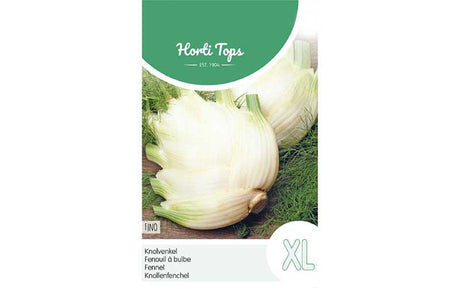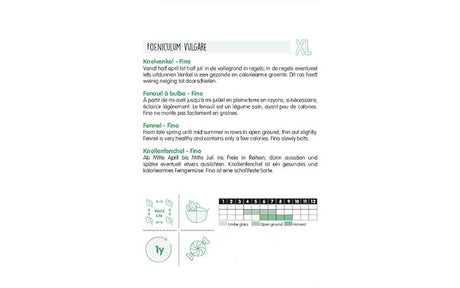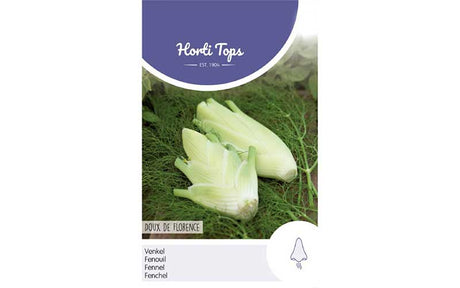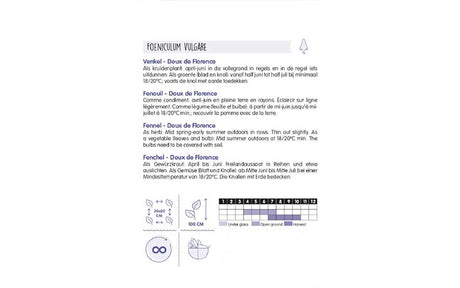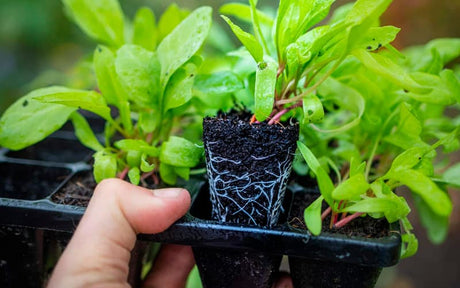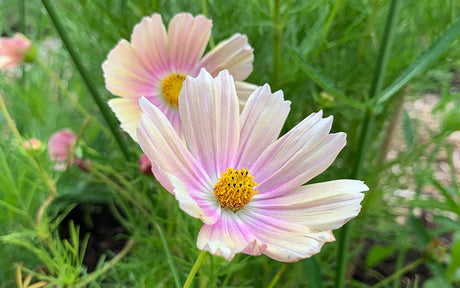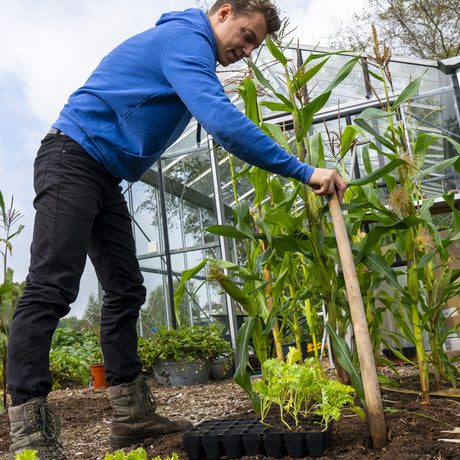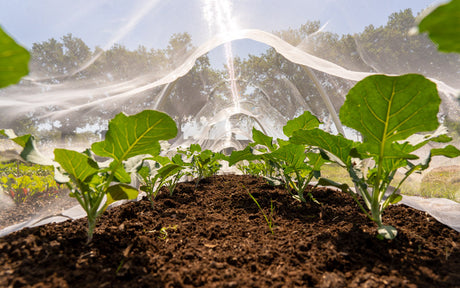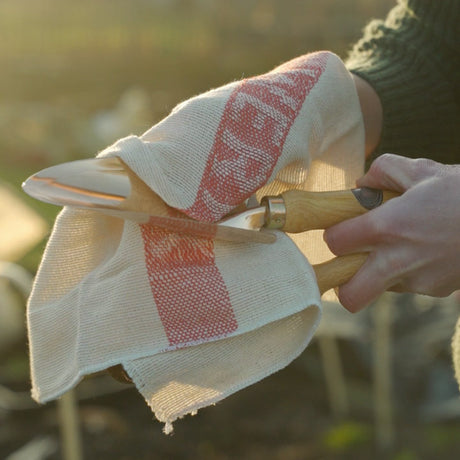Fennel is a distinctive and elegant vegetable that offers a wealth of flavors and uses in the kitchen. From its bulb to the feathery leaves and seeds, every part of the fennel plant is edible. This guide will walk you through the best practices for cultivating fennel, ensuring a successful harvest of this flavorful and versatile plant.
Grow Flavorful Fennel for Its Crunch and Aromatic Taste
Ideal Growing Conditions for Fennel
Fennel prefers full sun and fertile, well-drained soils. It is somewhat drought-tolerant once established but performs best with regular moisture. Fennel can be sensitive to transplanting; direct sowing is often recommended to avoid disturbing the taproot but we have started them indoors without any issues.
Planting and Spacing
Sow fennel seeds directly into the garden after the last frost when the soil has warmed. Plant seeds 1 cm deep and space them about 30-45 cm apart to give each plant enough room to develop its bulb. If growing for leafy fronds rather than the bulb, plants can be spaced closer together. Again, you can start them indoors in a seed tray or pot. Just make sure it's big enough so the roots won't be disturbed too much when transplanting.
Watering and Feeding
Keep the soil evenly moist, especially during dry periods, to promote uniform bulb growth and prevent splitting. Fennel does not generally require much fertilizer, but a top dressing of compost or a balanced organic fertilizer can help support its growth, especially in poorer soils.
Harvesting
Fennel bulbs are ready to harvest once they reach the size of a tennis ball, about 90 days after sowing. Cut the bulbs at soil level; leaving the root in the ground may allow it to produce more fronds and smaller bulbs. The stalks, fronds, and seeds are also harvestable and provide a variety of flavors and textures for cooking.
Pest and Disease Management
Fennel is relatively pest-free but can occasionally attract aphids and whiteflies. Use organic pest control methods if necessary. Good air circulation and proper spacing will help prevent fungal diseases.
Culinary Uses
Fennel's fresh, anise-like flavor makes it versatile in the kitchen. Use the crunchy bulbs in fresh salads, pickle them, or roast them to bring out their natural sweetness. The fronds can be used as an herb to season dishes or garnish plates, while fennel seeds are excellent for flavoring breads, cakes, and fish dishes.


